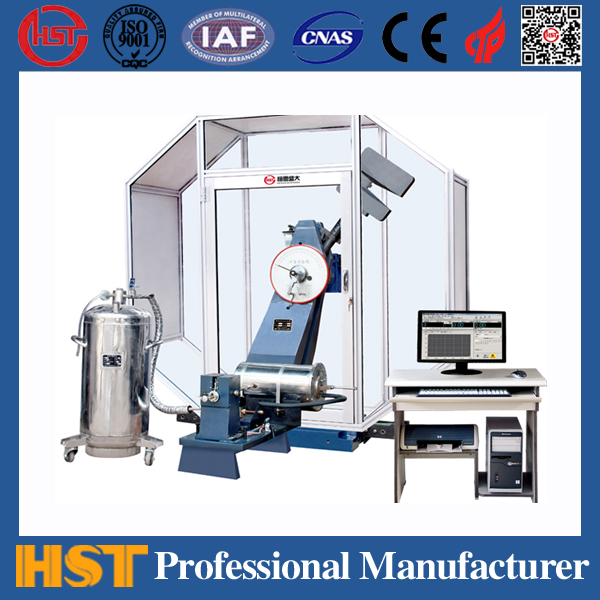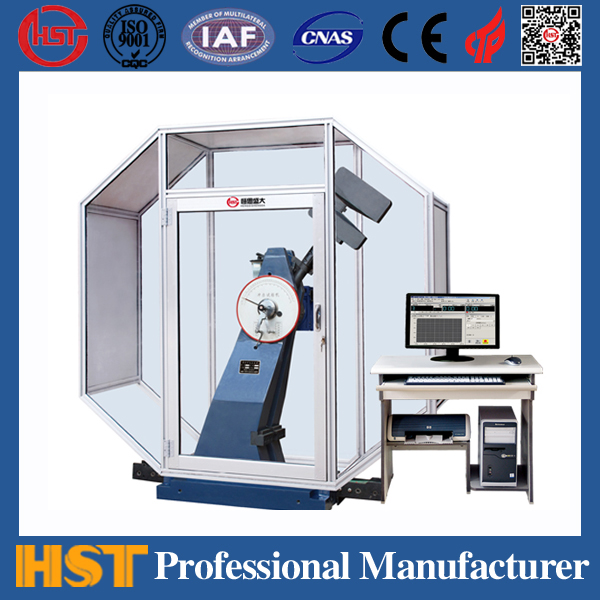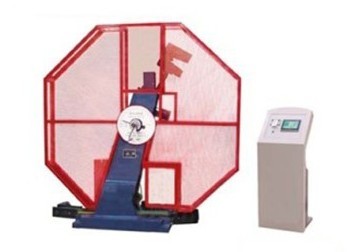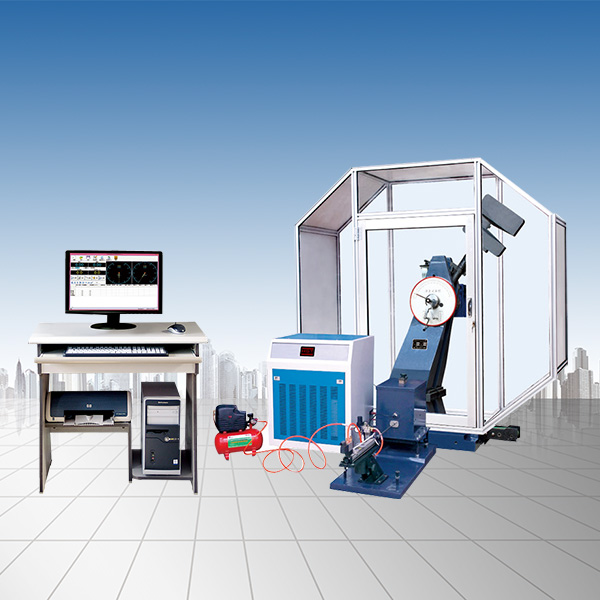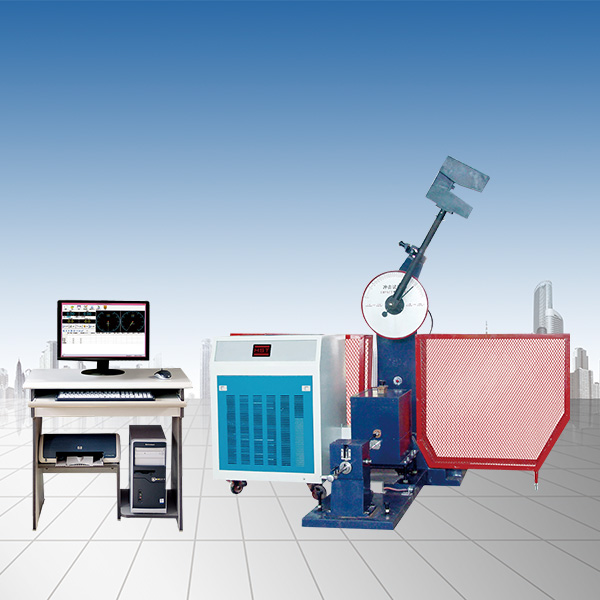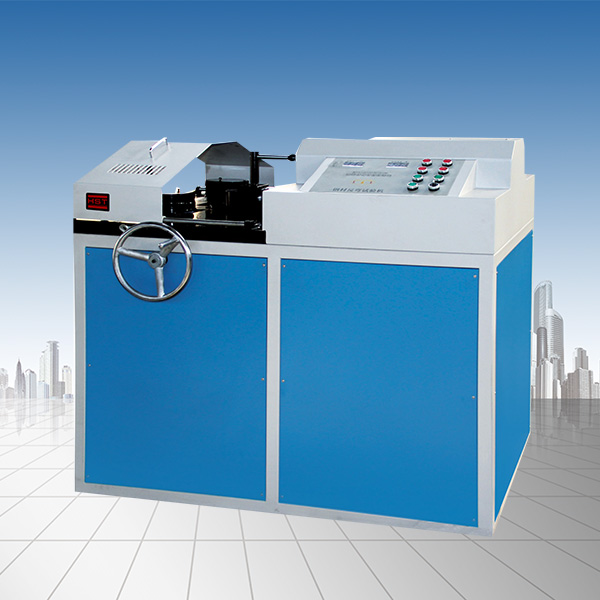News
Maintenance and application methods of pocket roughness instrument
Release time:2019-11-22 source:Jinan Hengsi Shanda Instrument Co., Ltd. Browse:
The pocket-sized roughness meter can measure shaft workpieces such as rolling rolls and rubber rollers. It is suitable for printing industry, machinery processing industry, manufacturing industry, inspection, commodity inspection and other departments, especially for on-site inspection of large workpieces and production lines, as well as out-of-the-range inspection of inspection, metrology, commodity inspection and other departments. What I want to share with you is the maintenance and application methods of the pocket roughness instrument.

1. Maintenance of pocket roughness instruments
1. Strictly avoid collisions, violent vibrations, heavy dust, moisture, oil stains, strong magnetism, etc.
2. Please put the sensor in the box in time after use.
3. When the battery voltage of the pocket roughness instrument is insufficient, it should be charged in time. The power adapter is allowed to be plugged in while working, but if tested for samples with low Ra values, the test accuracy will be affected. If the voltage is still insufficient after charging for several hours or the voltage is insufficient after being fully charged, then the battery needs to be replaced.
4. Because the sensor is a very delicate component, it will be damaged if it is accidentally disassembled and assembled. Therefore, it is recommended to use it in a concentrated manner during measurement to minimize the number of disassembly and as much as possible to avoid affecting the maintenance and repair of the roughness instrument.
5. When the measurement error exceeds the range of ±10%, and the user confirms that the error is not caused by human factors, the software calibration function specially designed by this machine can be used. The calibration value is a percentage, indicating the percentage of the measurement results after calibration relative to that when the calibration is not calibrated.
6. When abnormal phenomena occur on the pocket-sized roughness instrument, the user can try to repair it without disassembling the machine. If it cannot be repaired, please send it to the maintenance department.
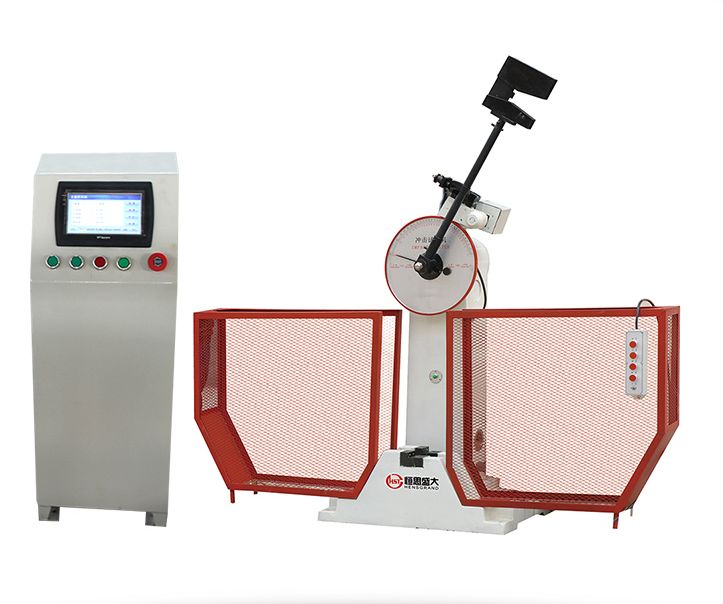
2. Scope of application of pocket roughness instrument
1. The mechanical processing and manufacturing industry is mainly metal processing and manufacturing. The roughness meter was originally created to detect the surface roughness of mechanically processed parts. In particular, the stylus roughness measuring instrument is more suitable for the detection of relatively hard metal surfaces.
Such as: automobile parts processing and manufacturing industry, mechanical parts processing and manufacturing industry, etc. These processing and manufacturing industries are essential for the detection and application of roughness meters as long as the surface quality of the workpiece is involved.
2. In the non-metal processing and manufacturing industry, with the advancement and development of science and technology, more and more new materials are applied to processing technology, such as ceramics, plastics, polyethylene, etc. Now some bearings are processed with special ceramic materials, and pumps and valves are processed with polyethylene materials. These materials are hard texture, and some applications can replace metal materials to make workpieces, and their surface roughness needs to be detected during production and processing.
To sum up, the contents of the maintenance and applicable methods of the pocket roughness instrument. Instrument operators should carefully read and understand the maintenance of the instrument, maintain the instrument well, so that the instruments are always clean, the parts and accessories are complete and safe, and ensure the normal operation of the instruments. Hope this helps you.
Recommended productsPRODUCTS


















